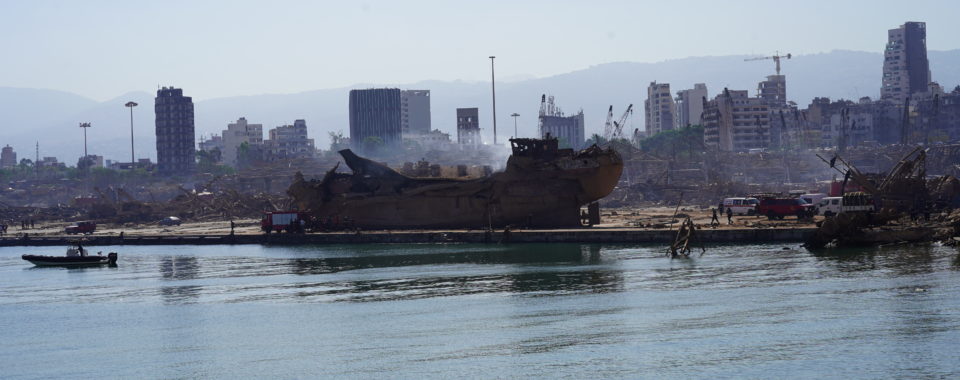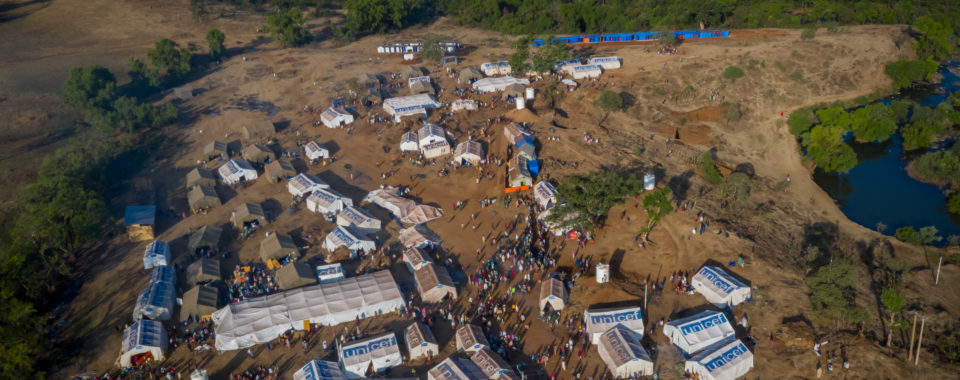BY JESSICA HARTOG – INTERNATIONAL ALERT International Alert is a peacebuilding charity that has worked for 30 years to lay the foundations for lasting peace in communities affected by violent conflict. The conflict and fragility landscape is getting increasingly complex as the influence of non-state actors, technology and renewed geopolitical competition has accelerated. In 2020 […]
Category Archives: Fragile States Index Analysis
“This is the Last Thing We Could Afford”
- Thursday, 20 May 2021 17:49

BY DANIEL WOODBURN AND NATOSHA HODUSKI The shock of the August 2020 Beirut port explosion tearing through the city is indelibly marked in the minds of Lebanese citizens. It resulted in 200 fatalities, 6000 injured, over 300,000 people made homeless, and caused an estimated $15 billion USD in property damages. As shocking as the events […]
A Thawing Conflict Brings a Reversal of Fortune in Armenia
- Thursday, 20 May 2021 17:35

BY PATRICIA TAFT NASRI In the 2021 Fragile States Index, among the countries that experienced the greatest increases in fragility, issues of group-based identity and historical grievances combined to give rise to instability. This was certainly true in the United States, where years of partisan politics have turned former political adversaries into political enemies, and […]
The Shattering of Abiymania
- Thursday, 20 May 2021 17:31

BY NATALIE FIERTZ In 2020, Ethiopia’s latent fragilities exploded in a complex array of conflicts along pre-existing fault lines across the country. The previous year had seen the lowest level of reported fatalities in five years1 and in October Prime Minister Abiy Ahmed was awarded the Nobel Peace Prize, capping the widespread praise – known […]
Rising Authoritarianism in El Salvador: What Happens After the Crisis
- Thursday, 20 May 2021 17:20

BY KATHLEEN SMITH Even as COVID-19 struck, the very popular new El Salvadorian president, Nayib Bukele, was taking a hardline approach to dealing with a raging gang violence problem, and it seemed to be working. In 2018, the intentional homicide rate was the worst in the world at 52 per 100,000 people.1 By the end […]
COVID and Political Extremism in Spain and Germany: Two Different Paths
- Thursday, 20 May 2021 17:14

BY DANIELLE BATTERMAN As the Syria refugee crisis escalated in 2015, an incipient movement of right-wing nationalism gained traction across Europe, including Germany. Spain, however, appeared relatively immune, until 2017 and the turmoil surrounding Catalonia’s push for autonomy. Then, with the onset of the pandemic, far right groups in both countries sought to capitalize, Vox […]
A Booming Economy Will Not Save Us: The US Needs to Deal with its Polarization Problem
- Thursday, 20 May 2021 17:00

BY NATE HAKEN AND SARAH COCKEY If the FSI’s 17-year history is any indication, a global shock comes around about once every 15 years or so. When it does, it presents an opportunity for comparative analysis and forces us to rethink our models or at least to revisit them, as we consider what we mean […]
A Health Crisis Is More Than A Health Crisis
- Thursday, 20 May 2021 16:32

BY NATALIE FIERTZ As 2020 came to a close, the world looked back on a global pandemic, protests, lockdowns, and economic turmoil. Looking forward to the new year did offer some measure of hope; an array of vaccines had been developed and begun to be administered, but the crisis remained (and remains today) far from […]
Fragile States Index 2021 – Annual Report
- Thursday, 20 May 2021 00:01
BY NATALIE FIERTZ, NATE HAKEN, PATRICIA TAFT, EMILY SAMPLE, WENDY WILSON, SARAH COCKEY, DANIEL WOODBURN, ANNE-ELÉONORE DELEERSYNDER, ADÈLE DIOP, DANIELLE BATTERMAN, KATELIN REGER, KATHLEEN SMITH, NATOSHA HODUSKI, OLIVIA KRAMER The Fragile States Index, produced by The Fund for Peace, is a critical tool in highlighting not only the normal pressures that all states experience, but […]
A Pot Boiling Over: Chile Most Worsened in 2020
- Sunday, 10 May 2020 17:45

BY NATALIE FIERTZ On October 7, in the Santiago metro, a group of students began jumping turnstiles to protest a four percent rise in peak-time fares announced the day before. This was the second increase in fares for public transportation, which were already more than twice as expensive as those in neighboring Buenos Aires or […]
